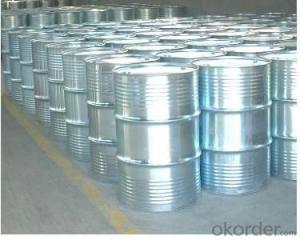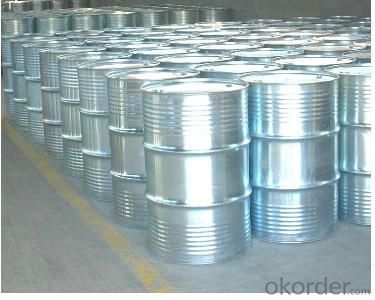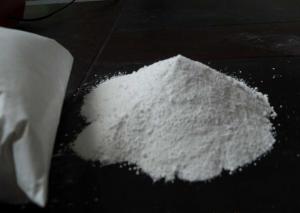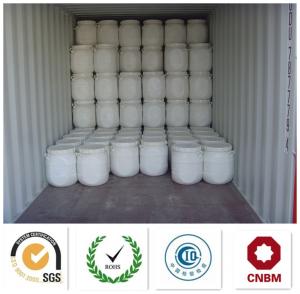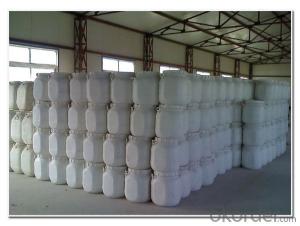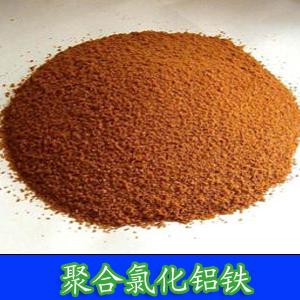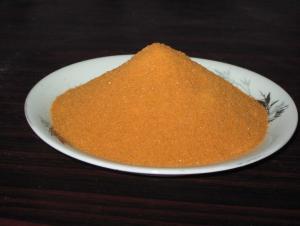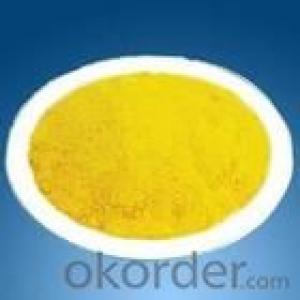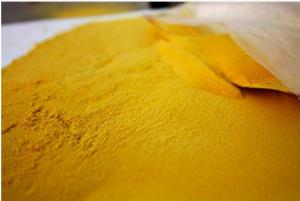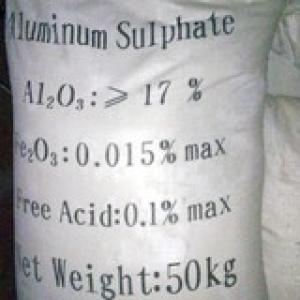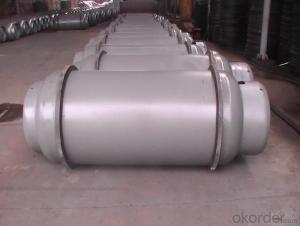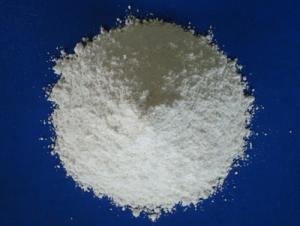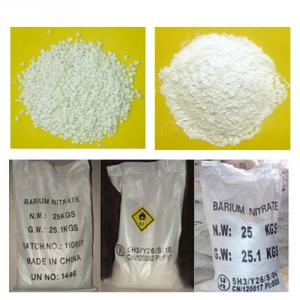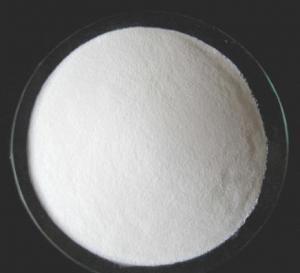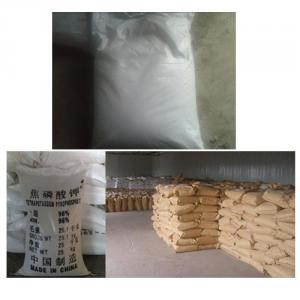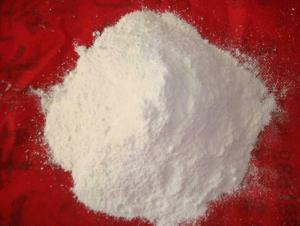Trichloromethane
- Loading Port:
- Shanghai
- Payment Terms:
- TT OR LC
- Min Order Qty:
- -
- Supply Capability:
- 10000MT m.t./month
OKorder Service Pledge
Quality Product, Order Online Tracking, Timely Delivery
OKorder Financial Service
Credit Rating, Credit Services, Credit Purchasing
You Might Also Like
Chloroform | |||||||||||||||||||||||||||||||
| |||||||||||||||||||||||||||||||
• APPLICATIONS | |||||||||||||||||||||||||
| |||||||||||||||||||||||||
Packaging & Delivery
| Packaging Detail: | 300kgs new zinking drums; 24ts/20'con |
| Delivery Detail: | within 14 days |
- Q: What foods contain inorganic salts?
- Most of the food contains inorganic salts, the so-called inorganic salts, also known as minerals or ash. Minerals are naturally occurring compounds or natural elements in the crust. There are about 50 kinds of minerals in the human body, although they in the human body only 4% of body weight, but it is an essential part of the organism. Kelp, jellyfish, seaweed, moss; bones, soy products, lean meat, animal liver, brown rice and so on.
- Q: Like the role of B, Fe, Mg, Ca, Mn, Cu, Cl, P, S, N ...., the more specific the better (college entrance examination range)
- Ca2 + is the animal bone and teeth (containing CaCO3) composition, and blood coagulation and muscle contraction has a regulatory role, if the content is too low, the animal will appear muscle twitch. K + is a variety of enzyme activator, for the plant starch and protein synthesis and animal nerve impulse conduction and muscle contraction also plays an important role. Fe is a component of hemoglobin and cytochrome, and iron-containing enzymes are indispensable when chlorophyll is formed in plants. Another example is Na + for animal heart beat, nerve excitement is indispensable.
- Q: What foods contain zinc-containing inorganic salts
- 1st: oysters (71.2 / 100g / 100g)
- Q: What is the inorganic salt, is not the organic salt and is not the inorganic salt
- There is no concept of organic salt inorganic salt inorganic salts in the class of chanting
- Q: how come a penny can hold more drops of the salt water solution than just plain tap water from your faucet?
- Put in in a narrow tube. The narrower it is, the more surface tension it has at the meniscus.
- Q: A. oxygen demanding wastesB. organic plant nutrientsC. inorganic plant nutrientsD. water soluble inorganic chemicalsE. sediment
- Acids, D. water soluble inorganic chemicals salts, D. water soluble inorganic chemicals metals E. sediment
- Q: What are the main physiological functions of inorganic salts?
- o maintain the body acid and alkali balance and osmotic pressur
- Q: Is the inorganic salt the same as the saline?
- Inorganic salts are inorganic compounds in the tears, originally called minerals. A large number of elements are calcium Ca, phosphorus P, potassium Ka, sulfur S, sodium Na, chlorine Cl, magnesium Mg, trace elements iron, zinc, selenium, molybdenum, fluorine , Chromium, cobalt, iodine and the like.
- Q: The difference between the ignition of inorganic salts and organic matter
- Calcium is an important part of bones. Calcium deficiency can lead to osteomalacia, osteoporosis and so on. China Nutrition Society recommended 18-50 adult calcium intake of the appropriate daily intake of 800 mg; 50 years old after the elderly taste 1000 mg. Common calcium-rich foods are milk, yogurt, oatmeal, sea cucumber, shrimp, wheat, soybean meal, soy products, lily and so on.
- Q: And what I specifically need are salts with Bromide, Chloride, Phospate and Carbonate ions.Thanks for any help.
- That list is near endless. There are countless inorganic cations and organic groups that can combine with these ions. Pretty much every metallic element in the periodic table will form cations with bromide and chloride. Not sure about phosphate, but most metals will bind with it. Carbonate will be trickier, as some ions are too acidic and will decompose the carbonate (iron(III) is an example, and it will form the oxide instead, liberating CO2 in the process). Aside from simple elemental ions, there are also polyatomic cations (such as ammonium) and lots of complexes that will form compounds with these anions.
Send your message to us
Trichloromethane
- Loading Port:
- Shanghai
- Payment Terms:
- TT OR LC
- Min Order Qty:
- -
- Supply Capability:
- 10000MT m.t./month
OKorder Service Pledge
Quality Product, Order Online Tracking, Timely Delivery
OKorder Financial Service
Credit Rating, Credit Services, Credit Purchasing
Similar products
Hot products
Hot Searches
